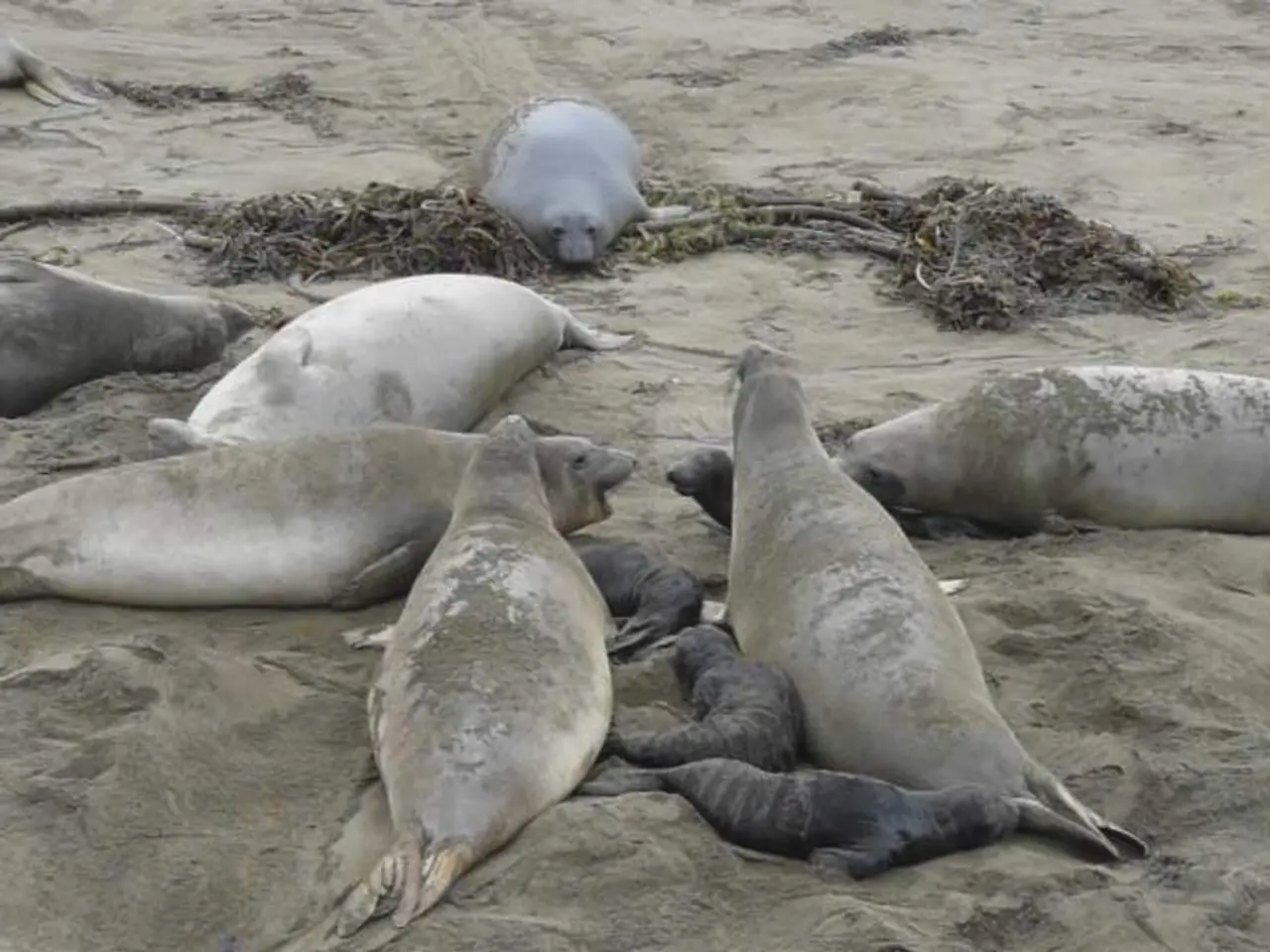Farne Islands’ grey seal pups thrive despite looming climate threats
Farne Islands, a human-free haven, has seen a bumper year for grey seals with 3624 pups born in 2024. However, climate change looms as a significant threat to these colonies and other seabirds. Newcastle University is currently analyzing data gathered this autumn, with findings expected in spring.
The National Trust, which oversees the islands, has long restricted human access during the pupping season to protect the seals. This year, they've introduced drones to collect data, replacing the traditional method of painting seals for identification. This shift aims to safeguard researchers from aggressive mothers and minimize disturbance to the seals.
The study, which began in 1952, is the world's longest-running grey seal population study. It monitors not only seal pups but also other seabirds like puffins, providing valuable insights into climate change impacts. The National Trust uses historical data to guide conservation efforts for both grey seals and puffins.
The use of drones in this study marks a new era in seal research, promising less disturbance to the colonies and potentially more accurate data. The results, expected annually, will continue to inform conservation strategies for these vulnerable species amidst the growing threat of climate change.








